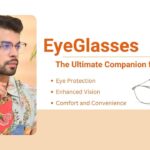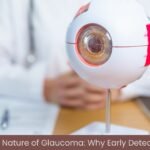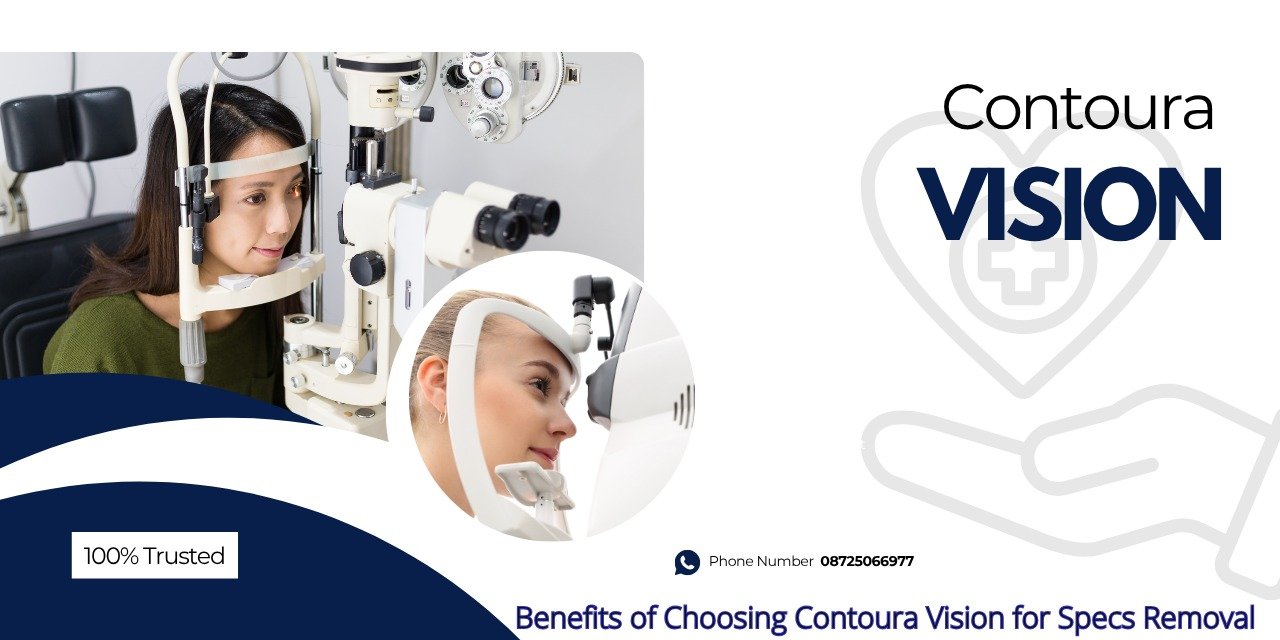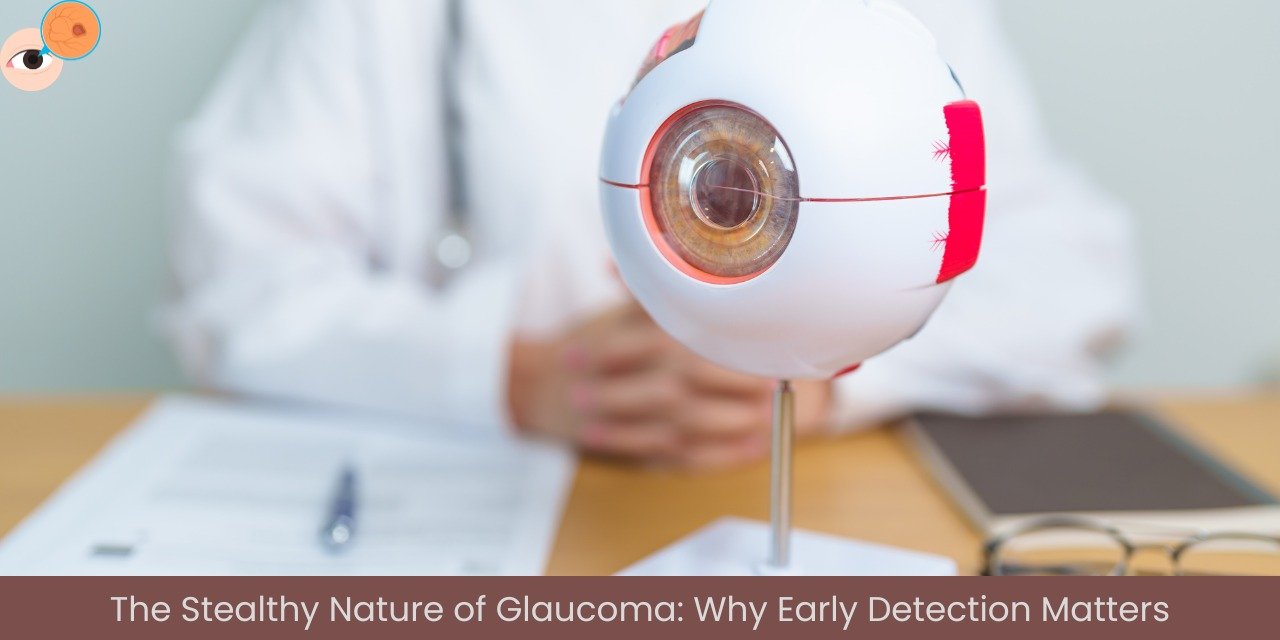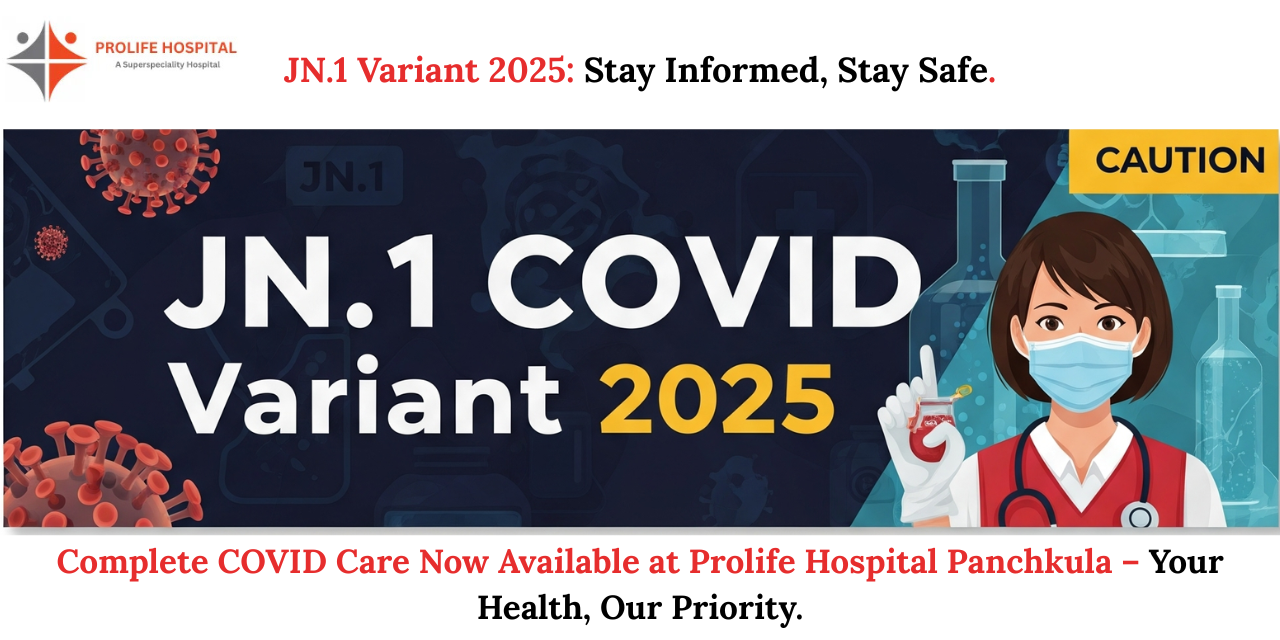Air pollution has become a growing concern across the globe, especially in urban environments. While the negative effects of air pollution on respiratory health and the environment are widely known, the impact on eye health is often overlooked. The eyes, being sensitive and exposed organs, are highly vulnerable to air pollutants. In this article, we will explore how air pollution affects eye health, the various risks involved, and preventive measures to safeguard your vision.
How Air Pollution Affects the Eyes
The air we breathe contains harmful pollutants like particulate matter (PM2.5), nitrogen dioxide (NO2), sulfur dioxide (SO2), and ground-level ozone. These pollutants can significantly affect the delicate structures of the eyes. When pollutants are inhaled, they can make their way into the eyes, causing a variety of issues such as irritation, dryness, and even long-term damage.
1. Eye Irritation and Redness
One of the most common effects of air pollution on the eyes is irritation. Pollutants in the air can trigger the eyes to become dry, red, and inflamed. This is especially problematic for individuals with pre-existing eye conditions like dry eyes or allergies. Particles like dust, smoke, and soot can enter the eyes, causing discomfort, redness, and swelling.
2. Increased Risk of Eye Allergies
Air pollution is a significant contributor to the increase in eye allergies. Pollutants such as pollen, soot, and dust can act as allergens, triggering allergic reactions. People living in highly polluted areas are more likely to experience allergic conjunctivitis, which causes itching, burning, and watery eyes.
3. Dry Eye Syndrome
Air pollution exacerbates dry eye syndrome, a condition where the eyes fail to produce enough tears or when the tears evaporate too quickly. Pollutants like ozone and particulate matter can dry out the tear film on the surface of the eye, leading to irritation and discomfort. This is especially common in areas with high levels of smog or traffic emissions.
4. Increased Risk of Eye Infections
Polluted air also contains bacteria and viruses that can lead to eye infections. Airborne pathogens can easily come in contact with the eyes, causing conditions like conjunctivitis (pink eye), corneal infections, and other inflammatory eye conditions.
5. Long-Term Vision Problems
Long-term exposure to air pollution may contribute to more severe eye problems, such as cataracts or age-related macular degeneration (AMD). Studies suggest that chronic exposure to air pollution increases oxidative stress, leading to the formation of cataracts, which can impair vision. Additionally, pollution may accelerate the aging of the retina, leading to conditions like macular degeneration.
Who Is Most At Risk?
Certain individuals are more susceptible to the harmful effects of air pollution on eye health. These include:
- Children and the Elderly: Children’s eyes are still developing, making them more vulnerable to environmental hazards. The elderly, on the other hand, may already suffer from age-related eye conditions that air pollution can aggravate.
- People with Pre-existing Eye Conditions: Individuals who have conditions like dry eye syndrome, blepharitis, or conjunctivitis are at higher risk of experiencing worsened symptoms due to air pollution.
- Contact Lens Wearers: Wearing contact lenses can trap pollutants on the surface of the eyes, making it more difficult to flush out toxins and debris, increasing the risk of irritation and infection.
- People Living in High Pollution Areas: Urban areas with high traffic and industrial pollution levels are more likely to expose residents to harmful air pollutants, leading to a higher incidence of eye problems.
How to Protect Your Eyes from Air Pollution
While it’s impossible to completely avoid air pollution, there are several measures you can take to protect your eyes:
- Wear Protective Eyewear: Sunglasses or protective glasses can help shield your eyes from airborne pollutants like dust and chemicals.
- Use Artificial Tears: Over-the-counter lubricating eye drops can help keep the eyes moist and relieve dryness caused by pollution.
- Stay Indoors During High Pollution Periods: If possible, try to limit outdoor activities during times when pollution levels are high, such as during smoggy weather or in highly polluted urban areas.
- Maintain Eye Hygiene: Wash your face and eyes regularly to remove any pollutants that may have come into contact with your skin and eyes.
- Consult an Eye Specialist: If you experience persistent eye discomfort or vision problems, it’s essential to seek professional help.
Conclusion
Air pollution is a growing health concern, and its impact on eye health should not be underestimated. From eye irritation to long-term vision problems, the effects of pollution on the eyes can be severe, especially for vulnerable groups such as children, the elderly, and those with pre-existing conditions. However, with proper precautions, such as wearing protective eyewear, using lubricating drops, and consulting an eye specialist, you can mitigate the risks of air pollution on your eye health.
If you are experiencing eye discomfort due to pollution, it’s important to seek professional treatment. Dr. Neeraj Gupta at Dr. Bakshi Gupta’s Eye Center provides expert eye treatment in Panchkula, helping individuals protect and improve their eye health. By addressing the root causes of eye problems and offering effective treatments, Dr. Gupta ensures the best possible care for your vision.To get more information please contact us on :01722596395

